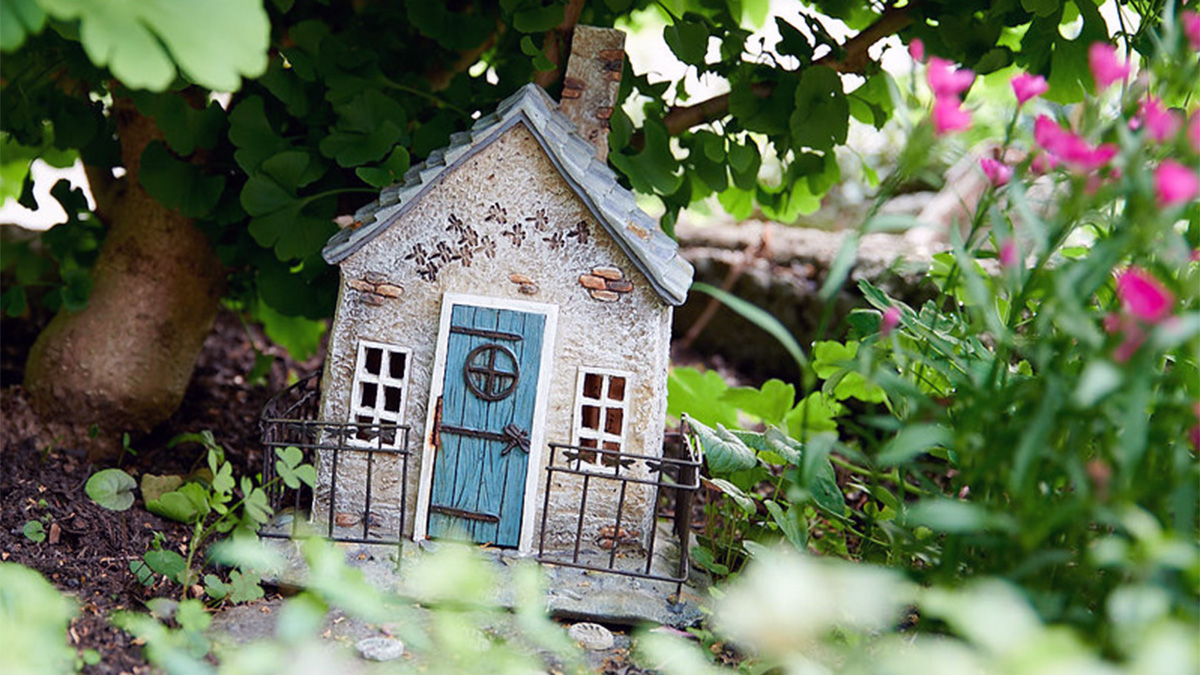Creative Kids: Gardening Ideas for Little Green Thumbs

Gardening is a fantastic way for kids to explore the outdoors, learn about nature, and build confidence. With the right activities, even young children can enjoy planting, digging, and watching their efforts grow into something beautiful. These creative gardening ideas are simple, engaging, and perfect for sparking a lifelong love of plants.
Start a sunflower race
Sunflowers are fast-growing and easy to care for, making them a perfect choice for a friendly growing competition. Give each child a seed and mark where it’s planted, then measure and track the plants as they grow. This simple project helps kids understand growth patterns, responsibility, and the joy of watching something they planted thrive.
Grow veggies in painted pots
Let kids get creative by decorating their own plant pots with paint, markers, or stickers. Once decorated, they can fill the pots with soil and plant quick growing vegetables like cherry tomatoes, lettuce, or radishes. The combination of art and gardening makes this activity both fun and engaging while encouraging kids to care for their own edible plants.
Build a fairy or dinosaur garden
Using a shallow container, kids can design a miniature world using small plants, rocks, moss, and toys like fairies or dinosaurs. Plants like succulents or creeping thyme are great choices because they stay small and are easy to manage. This type of garden combines creativity and imagination with a basic introduction to plant care.
Make seed bombs
Mix wildflower seeds with clay and compost to form small balls that kids can toss into bare soil in the yard or neighborhood. After a rain or regular watering, the seeds will begin to sprout, creating patches of colorful blooms. This is a fun way to teach kids about native plants, pollinators, and natural planting methods.
Sprout kitchen scraps
Instead of throwing them away, regrow scraps like green onions, lettuce ends, or carrot tops in a jar of water on the windowsill. Kids can watch roots and new leaves develop in just a few days. This project helps children understand that plants can regrow from parts we usually discard, while also reinforcing concepts of sustainability and reuse.
Create a worm compost bin
Start a small vermicomposting bin using a plastic container, shredded paper, and kitchen scraps. Add red wiggler worms and let kids observe how they turn food waste into nutrient rich compost. It is a hands-on way to learn about decomposition, soil health, and the importance of recycling in the garden.
Plant a rainbow garden
Let kids choose flowers or vegetables in every color of the rainbow and help them arrange the plants in color order. Zinnias, marigolds, and Swiss chard are just a few colorful options. This activity encourages planning, plant identification, and an appreciation for diversity in the garden.
Grow herbs for snacking
Herbs like mint, basil, and parsley grow well in small pots and can be picked often. Kids enjoy the smells, textures, and flavors, and it introduces them to fresh, healthy eating. Whether on a windowsill or patio, a small herb garden is easy to care for and offers immediate sensory rewards.
Make plant markers from rocks or sticks
Have kids paint smooth rocks or write plant names on popsicle sticks to label different garden plants. These homemade markers are a fun, crafty way to personalize garden beds or containers. They also help children learn to recognize different plants as they grow.
Build a bean teepee
Using long sticks or bamboo poles, build a simple teepee structure and plant pole beans at the base. As the beans climb, they form a green, leafy hideout that kids can crawl into and explore. This living structure is both magical and educational, offering a fun place to play while learning how plants grow upward.
Conclusion
With just a few supplies and a bit of space, kids can dive into gardening and discover how rewarding it is to grow something with their own hands. Whether it’s planting sunflowers, building a fairy garden, or watching kitchen scraps sprout, these activities combine fun with meaningful learning. The best part is, they grow more than plants—they grow curiosity, responsibility, and lasting memories.
